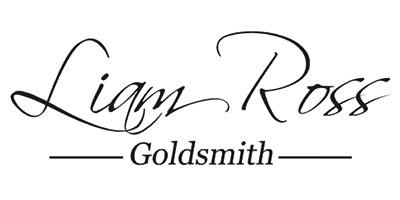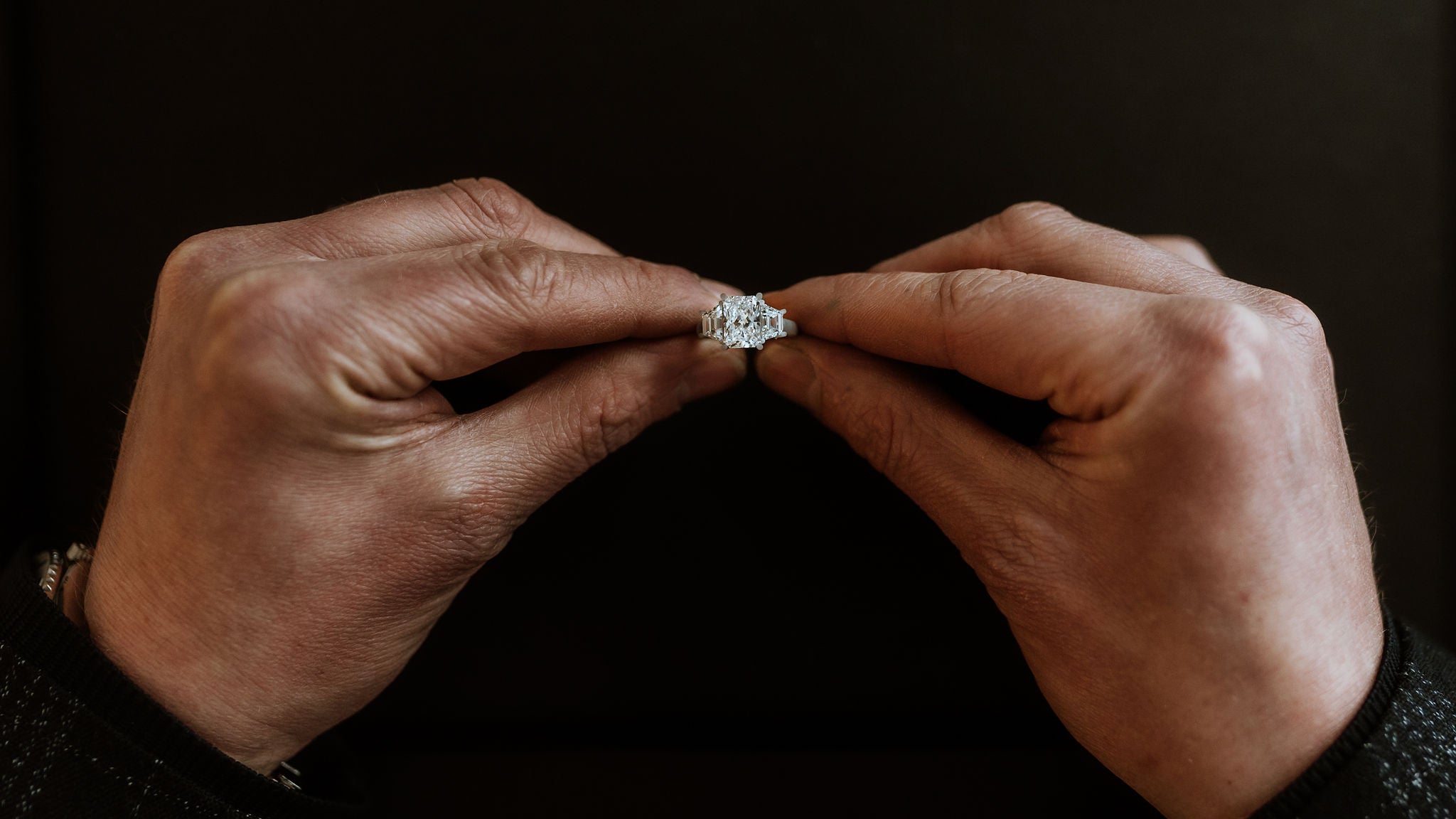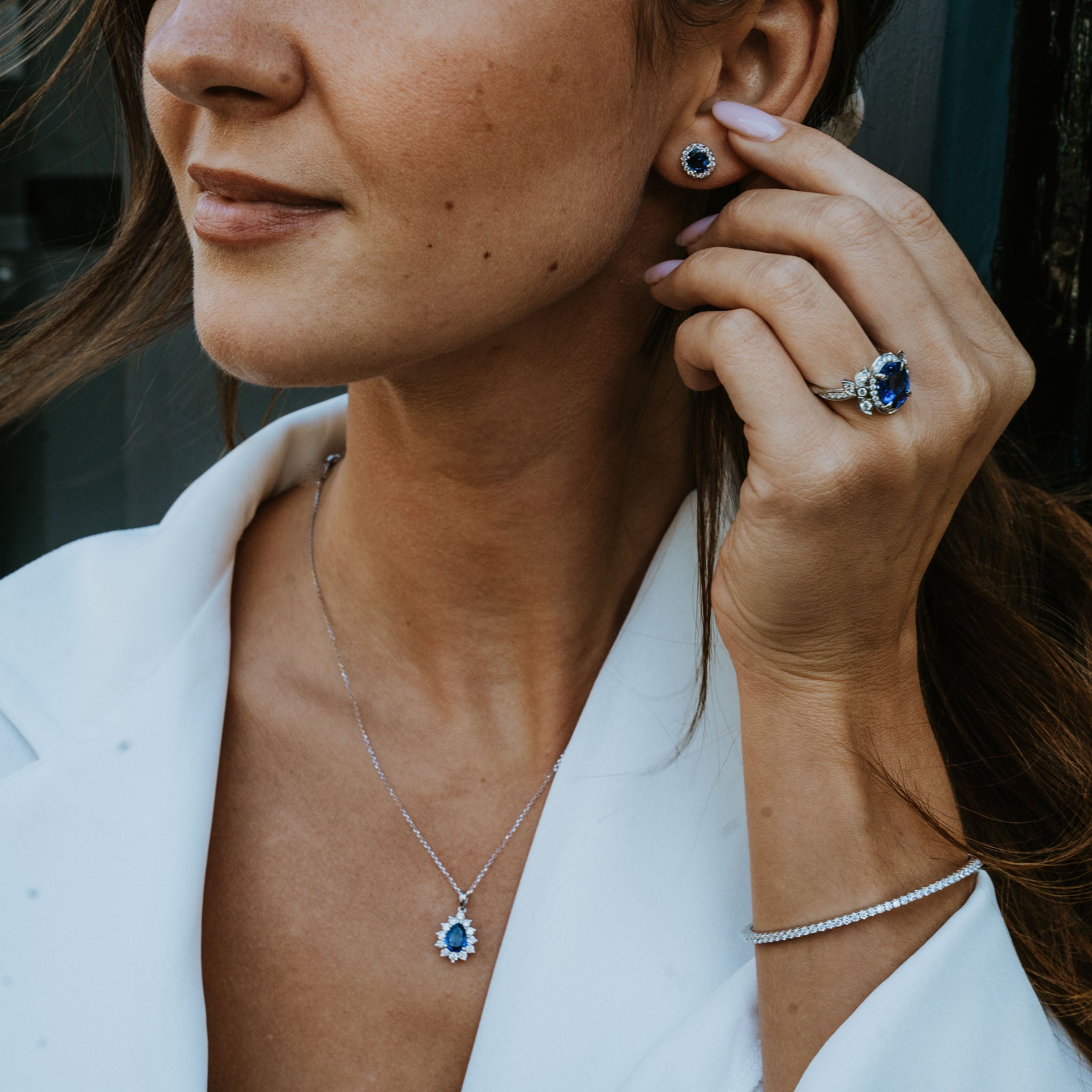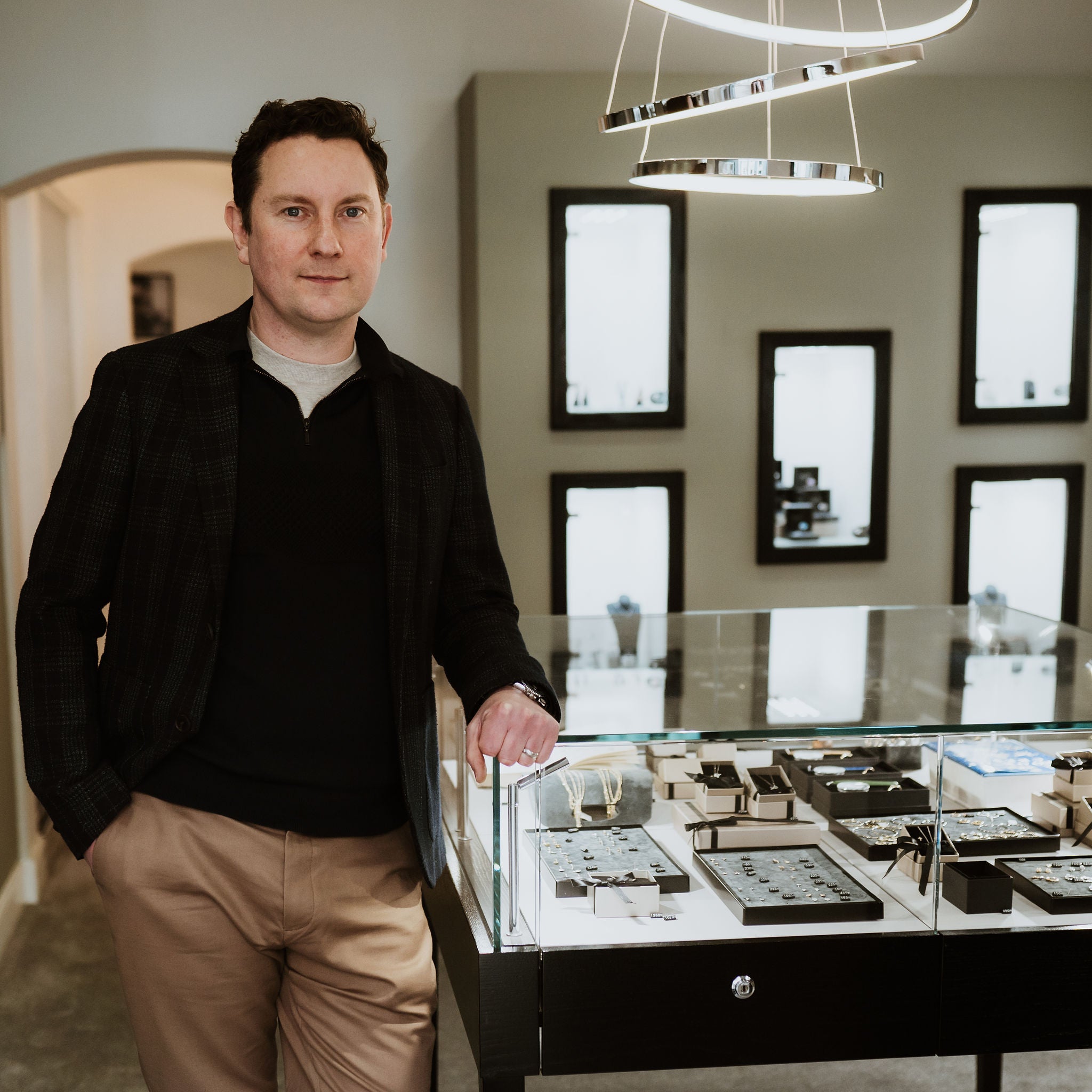 When it comes to marriage and weddings, there are some wonderful Scottish traditions that even non-Scots love. Who doesn’t like to see a man in a kilt on the big day, or a ceilidh at the reception to get everyone in the full party spirit?
When it comes to marriage and weddings, there are some wonderful Scottish traditions that even non-Scots love. Who doesn’t like to see a man in a kilt on the big day, or a ceilidh at the reception to get everyone in the full party spirit?
However, the traditions extend much further than that, including when it comes to rings. It can fairly be said that there is more to Scottish engagement rings than them being made in Scotland.
As our previous blogs have noted, the idea of engagement rings originated in Greco-Roman culture, in the form of betrothal rings.
Of course, anyone who knows their Roman history will be aware that Roman incursions into what is now Scotland were highly limited. Even the Antonine Wall across the central belt lasted just 20 years before the Romans reverted to the more familiar northern limit of the empire at Hadrian’s Wall, which is entirely in England.
Fede And Claddagh Rings
Nonetheless, many traditions find their ways of creeping into different cultures, but without necessarily being dominated by certain themes as they might in an empire. Thus, over time, the Scots started using engagement rings, but with an interesting mix of cultural influences in their use and design.
A curious case is that of the fed ring. When a medieval Scottish couple got engaged, the ring was not slipped onto the bride’s finger, but given to the church where the wedding was to take place. It had a distinctive design of two clasped hands.
This did not mean no jewellery was given to the bride-to-be, however. Instead, she would wear the Claddagh Ring. This also had an ornate design, including a meeting of two hands clasping a heart in a symbol of love.
Claddagh rings have not always been given for betrothal, as they can also be symbols of friendship or love. However, they can still be given today, so if you are looking for a truly Scottish engagement ring, this could be a bespoke option with a rich tradition behind it.
Another traditional jewellery gift was the Luckenbooth brooch, which originated in the 1700s. However, this was not always an engagement gift, but was presented to the bride as a wedding keepsake and would often be pinned to the Christening blanket of the firstborn child.
Rich Celtic Traditions
Celtic influences have also had a historic impact on the use of engagement and wedding rings in Scotland. The normal UK-wide custom of placing the ring on the fourth finger of the left hand (from where a vein is said to run straight to the heart) is not universal, and in Scotland (as in some other European countries) the right hand was sometimes preferred.
This was often the result of Celtic customs that date back to northern Europe in times of antiquity (this being where the Celts originated), which is why the wearing of engagement and wedding rings on the right hand remains the norm in countries like Germany and Denmark.
While there is no need to follow this tradition in Scotland today, there are some other Celtic elements that you can adopt, such as using traditional designs. The Claddagh rings are among these, while the Celtic Knot is another. The latter might be thought of as traditionally Irish rather than Scottish, but, of course, we Scots are still Celts!
Other examples of Celtic style include the use of Ogham, a traditional script used by Celts to give blessings or other messages. This could be inscribed on your ring as part of its bespoke design.
Add Your Own Elements
These elements offer one option for an unmistakably Scottish ring. You can vary these a little, of course, with a bespoke ring that might introduce your own take on these traditions.
For example, if you go for a trilogy ring, you might go for a central diamond flanked by two sapphires to match the Saltire, as well as a Celtic inscription. And, of course, any bespoke ring can have an inscription in Scots dialect or Scots Gaelic.
Come the wedding day, of course, there will be many more traditionally Scottish things you can do, to the delight of both your Scottish guests and visitors from elsewhere. You can ‘tie the knot’; in the original sense of the world by combining the cloth of your respective clans, as well as having a piper and maybe even haggis, ‘neeps and ‘tatties on the menu.
These may all be great things to do on the day, but the design of your rings may matter more. It might not just be the most quintessentially Scottish element of the whole process of engagement and marriage, but also the most enduring.





